Baker to Vegas: Leveraging Pulsara to Manage a Planned Event
Although they have the advantage of prior awareness and preparation, large-scale planned events pose unique challenges for emergency management...
7 min read
 Team Pulsara
:
Sep 21, 2020
Team Pulsara
:
Sep 21, 2020
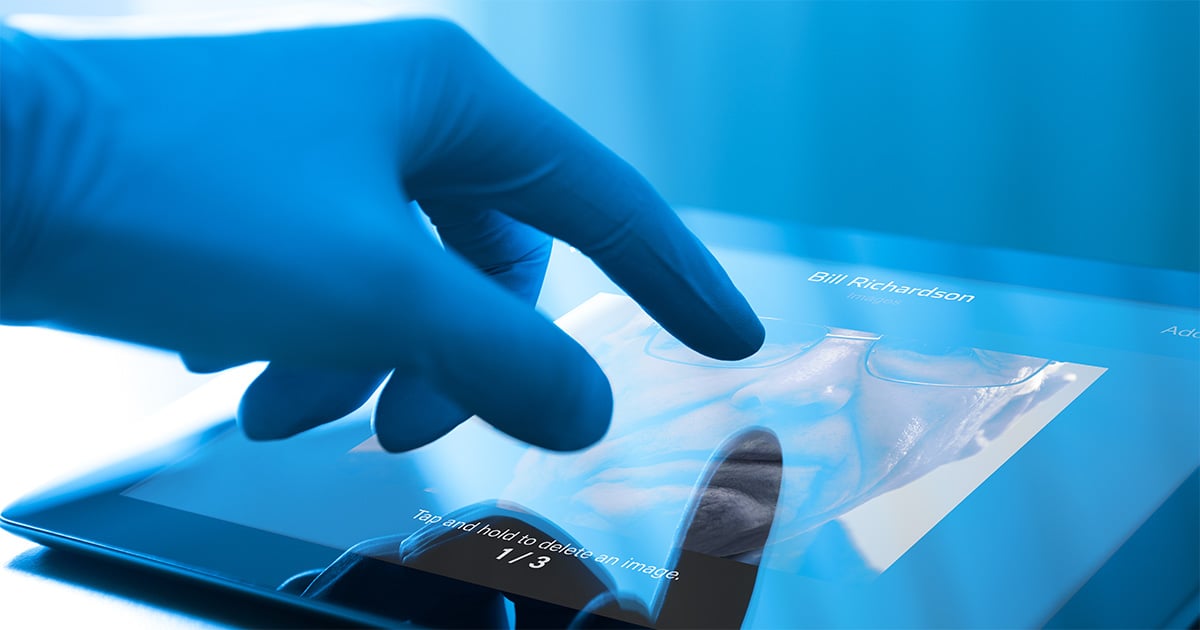
EDITOR'S NOTE: Last month, EMS1, Fitch & Associates, and the National EMS Management Association released their third annual EMS Trend Report, proudly sponsored by Pulsara. Because the articles and advice found within contain such critical subject matter, we've elected to publish each segment one at a time here on our blog. Read, enjoy, share, and take to heart the following information brought to you by the most prestigious thought leaders in EMS.
About the Author: Rachel Zoch is a branded content project lead for Lexipol, where she has written about public safety products and issues important to police, fire, EMS and corrections since 2015.
Technology is a fact of life and an integral part of modern medicine. EMS1 sat down to discuss the evolving role of technology in EMS with Kris Kaull, co-founder of EMS1.com and currently chief marketing officer for Pulsara. We asked him how EMS agencies can best leverage current and future tech tools to enhance patient care, and what’s next for EMS overall.
That’s a good question. Times are changing in that we’re less hardware dependent and more connectivity dependent, so I believe the bare necessity is access to mobile-first technology. That device – or computer, I should say – that you carry in your pocket is an untapped, invaluable resource, from communications to reference lookup to even documentation, coordination, communication and collaboration.
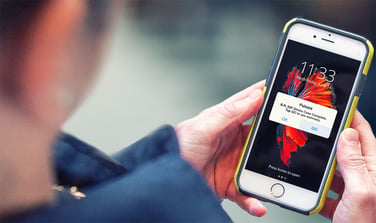 The minimum tech standard should be smartphone technology, and then connectivity, whether that’s dedicated WiFi from the ambulance or through cell service. Connectivity is really the name of the game, and what device we use today may or may not be the device we use tomorrow, so it’s important to steer clear of focusing too much on hardware. Instead, we should be focusing on the value that being connected brings to the clinician and the teams they work with.
The minimum tech standard should be smartphone technology, and then connectivity, whether that’s dedicated WiFi from the ambulance or through cell service. Connectivity is really the name of the game, and what device we use today may or may not be the device we use tomorrow, so it’s important to steer clear of focusing too much on hardware. Instead, we should be focusing on the value that being connected brings to the clinician and the teams they work with.
In the back of the ambulance, I envision a future environment where everything is connected. To do that, you need dedicated bandwidth. For public safety, FirstNet provides the first high- speed, wireless broadband dedicated to first responders. In the future, we’re going to see much greater cell coverage with technologies such as Quality of Service, Priority, and Preemption, aka QPP, even in rural areas.
As new medical devices come onto the market – whether it’s AEDs and heart monitors, the stretcher, or any device you’d expect to see in the back of an ambulance – they will all be “smart.” Ideally, these devices connect with each other so that the story of the care being provided to the patient is centrally located for documentation, and then communicated with the entire care team in real time.
Of course, that’s easier said than done. Getting every company on the same standard and allowing different hardware devices to all work together and share information will be a challenge. Not a technical challenge – a people challenge. The difficulty will be aligning corporate agendas to a unified vision.
Exactly. That’s actually a mindset that needs to change – we buy technology, and because we spend a lot of money in capital dollars on hardware, we think it should last 20 years. That kind of thinking simply isn’t true anymore.
When purchasing a technology solution for the back of the ambulance, we need to be thinking about how it can adapt and change for what we need in the future. Those solutions need to be flexible and scalable for the unknown. We don’t know what we don’t know. That’s the tough part.
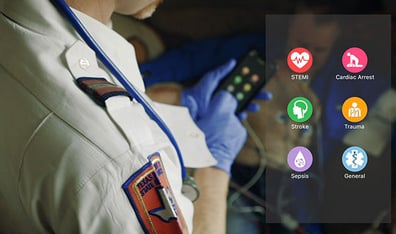 In EMS, we have a tendency to create one-off solutions for disasters or the next big thing. Instead of building a specific solution or technology or a plan around COVID-19 or the opioid epidemic, we need to leverage existing or new technologies that can be used for all illnesses and injuries, for small or large events and for short and extended incidents. That’s a big paradigm shift from what we’ve historically done.
In EMS, we have a tendency to create one-off solutions for disasters or the next big thing. Instead of building a specific solution or technology or a plan around COVID-19 or the opioid epidemic, we need to leverage existing or new technologies that can be used for all illnesses and injuries, for small or large events and for short and extended incidents. That’s a big paradigm shift from what we’ve historically done.
We need to be asking, “Can I use this technology across the board, and is it scalable to adapt
and change for my clinical needs?” It’s why I use the example of the mobile phone: How I use this mobile phone today may or may not be how I’ll use this technology tomorrow, and the needs of my ambulance service may change tomorrow. A mobile phone is simply a platform for other solutions.
EMS is at a crossroads. Instead of being the prehospital provider, which is a common
term now, we are becoming out-of-hospital clinicians. I often hear people asking, “How do we better communicate between the back of the ambulance and the emergency department?” That question is fundamentally flawed because it automatically labels EMS with the limited scope of transport only. The better question is, “How do we better communicate as a healthcare team?”
With mobile integrated health and the expanded scope of community paramedicine, we’ll be
that out-of-hospital caregiver, not prehospital. The COVID-19 pandemic has already rapidly modified our scope to meet the unprecedented needs. We are not just one step in a linear progression from the time of injury to arrival at the hospital. Instead, we are another access channel for healthcare and ongoing wellness in our communities, and there’s a lot of discussion around technology and how we communicate.
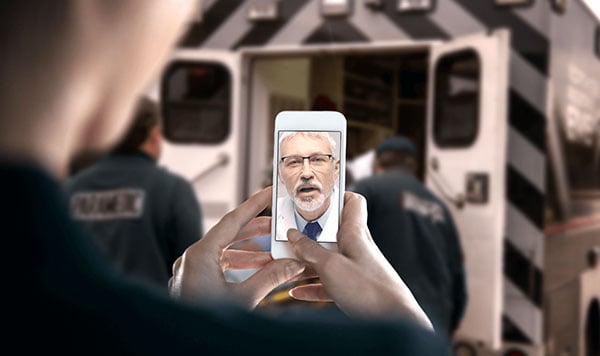
EMTs and paramedics need to be able to communicate dynamically with different people, for different needs, for different patients, each and every call. And the technologies to allow them to do that in a safe and secure, HIPAA- compliant way will need to be dynamic and able to cross different organizations, not just from point A to point B, not just from the back of the ambulance to the emergency department.
The technology is really about connecting the people. Who are the people that need to be connected, and how do we do that on the fly? And, because every call is different, how do we connect the right people at the right time with a simple tap? That’s what Pulsara does. It allows EMS services or hospital facilities, nursing homes, standalone emergency departments, urgent cares, and referring hospitals all to be on the same network with each other and to be able to communicate in real time.
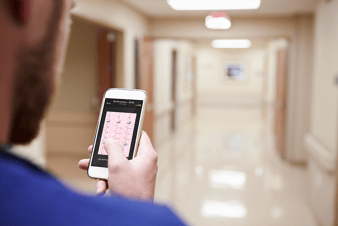
Pulsara is fully HIPAA-compliant. It’s encrypted at both ends, meaning at the sender’s end on their smart device, as well as the receiver’s end and at rest. For example, EMS personnel show up on scene of a car crash, they take photos of the scene and the injuries. Those images are sent with the patient alert to the hospital requesting the trauma team. The hospital then alerts all the caregivers within the hospital that are part of that trauma team on their smart devices. At the end of the day, none of the sensitive data is actually on the phone. None of those photos are in the camera roll. It was all done within a HIPAA- compliant, secure encrypted app.
Yes. Healthcare providers – from physicians to nurses to lab techs to allied health to paramedics – use what they normally use in their real life. Take that same car crash example. If it’s easier to FaceTime or make a phone call or text the hospital with those images, that’s what they do, including physician to physician; even if it’s against policy and not secure.
The key to great design isn’t to change the behavior of what they do naturally. I would argue that if live video, messaging, sending photos, and recording audio are a well-thought-out, good way to communicate day-to-day, then it’s probably a good way to communicate about the patient within that setting. The only difference is that we need to put safeguards around it so that we can be protected and we know where that data is, who’s seen it, and that we are protecting the community and the providers from needless liability.
When an entire region is using the same communication platform, it enables the opportunity for transparent communications without a lot of back and forth. Ineffective communication, especially during transitions of care, is the No. 1 cause for medical errors in healthcare.
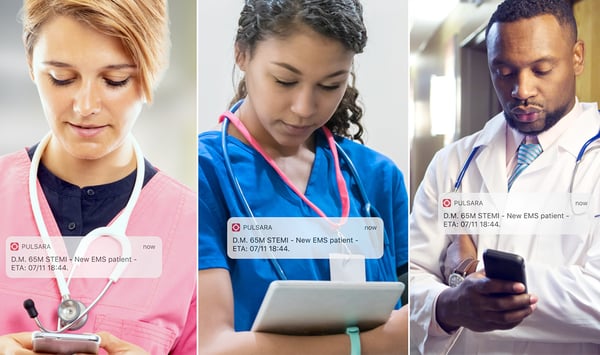
I do think there’s a difference between communication and data. Let’s go back to the future concept that all medical devices in the back of the ambulance are smart devices. And, for the sake of this example, let’s agree that they are all seamlessly interoperable with each other. Ideally, there’s an opportunity for all that data to automatically flow into one clear, chronological picture within the documented patient care report. It’s good for streamlining the paramedic workload, it’s good for quality assurance, it’s good for consistency of patient care, it’s good for billing – it’s good for a number of things. That is data.
And then there’s also communication. You are sharing data, but it’s about sharing the right information at the right time with the right people for the right patient. So, what are the key pieces of data that I need now – in real time – in order to mobilize the right resources and then make the right decisions for my patient? That’s what communication is.
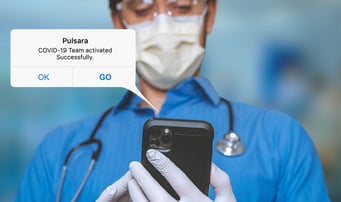
Data and communications are partners in patient care, but we often blur the lines and say that interoperability, smart machines, wearables, health information exchanges, data repositories, or post care documentation are the same as communicating, but they aren’t. When treating and transporting the trauma patient from the car crash, the paramedic may have access to a thousand pieces of data, but at that moment, the emergency department doesn’t need to know all 1,000 data points. They simply need to know key pieces of information so that they have the right people and resources available upon EMS arrival at the hospital.
The EMS industry must be proactive to the ongoing and changing needs of our communities. In preparation, we should be incorporating technologies, processes and leadership skills that allow us to scale and change accordingly.
If you want a glimpse into the future of EMS, just take a look at what you do in your regular life. So, if my mother, who’s in her late 60s, can video chat with my nephew who’s 3, and they don’t need an instruction book, that’s probably a good way to transfer information. We should consider communicating in a similar fashion in the back of the ambulance.
Download the full 2020 EMS Trend Report here.
For the latest stats on the state of the EMS profession in 2020, check out part 1, part 2, part 3, and part 5 of our 2020 EMS Trend Report coverage.

Although they have the advantage of prior awareness and preparation, large-scale planned events pose unique challenges for emergency management...

For Those Who Love a Good "Oopsie!" At Pulsara, we pride ourselves on enabling secure, HIPAA-compliant communication for healthcare teams. But let’s...

March Recap A New Integration: Improving Data Management, Streamlining Workflows, and Improving Care CoordinationOnly a few days ago, we announced...